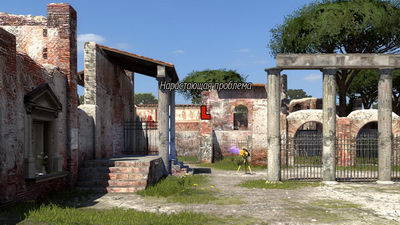

An accelerative capability equivalent to 11 g was observed for Mach 5 flight at sea level. Tests with pure pentaborane (HiCal) showed that a net thrust could be achieved at Mach 7. Tests showed that acceptable combustion efficiency was only achieved with over 20% pentaborane (B 5H 9) in MCPD (C 12H 16). Testing of engine modules in a direct-connect, and a free-jet, facility took place at a variety of Mach numbers and pressures (altitudes). They were intended to fit on to the Talos MK12 launcher system or the Terrier MK10 launcher. 1 SCRAM įrom 1962–1978, the Johns Hopkins Applied Physics Laboratory (APL) undertook a classified program (declassified in 1993) to develop a family of missiles called SCRAM 8 (Supersonic Combustion RAmjet Missile). Test data were limited due to the limited flights of the scramjet before the X-15-A2 and the X-15 project on the whole were cancelled. This then drilled into the ventral fin and melted large holes.

Unfortunately, on the final flight of the X-15-A2 ( flight 188), the shock waves sent out by the scramjet at Mach 6.7 caused extremely intense heating of over 2,700 ☏ (1,480 ☌). Among other things, one of the changes was provisions for a dummy scramjet to test if wind tunnel testing was correct. North American Aviation rebuilt it as the X-15-A2. McKay) crashed on flight 74, it was damaged but survived well enough to be rebuilt. When the second X-15 aircraft (piloted by John B.


 0 kommentar(er)
0 kommentar(er)
